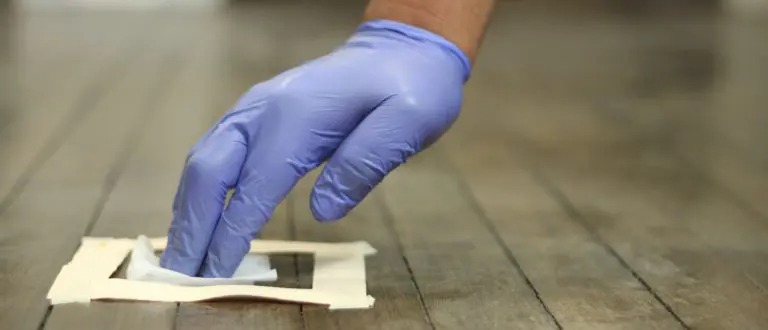


A lead wipe test is a process used to measure the amount of lead in dust or on surfaces, such as walls, windowsills, and floors.
Lead exposure poses significant health risks, especially in homes built before 1978. One effective method to determine the presence of lead is through a lead wipe test, which can identify lead particles that might be present in dust, paint, or other surfaces. In this article, we will explore the role of the lead wipe test in safeguarding health, how it works, and why it’s crucial for homeowners and renters alike.
A lead wipe test is a process used to measure the amount of lead in dust or on surfaces, such as walls, windowsills, and floors. This test is often conducted when there is concern about lead paint in older homes, as lead dust can be a serious health hazard. The test typically involves using a pre-moistened wipe or a special cloth to collect dust samples from surfaces, followed by analyzing these samples in a laboratory to detect lead contamination.
The lead wipe test is an important tool in determining if a living environment poses any risk to residents, particularly young children or pregnant women who are most vulnerable to the effects of lead poisoning.
The primary reason to perform a lead wipe test is to detect potential lead contamination in homes or buildings. Lead exposure can be extremely dangerous, especially for children, leading to developmental issues, learning disabilities, and even long-term health problems. By using a lead wipe test, you can identify lead dust before it becomes a more significant issue.
For homes built before 1978, when the use of lead-based paints was banned in the U.S., a lead wipe test is often recommended for the safety of residents. Even if a home has been renovated, lead dust can still be present, making the test essential for older properties.
Lead poisoning can occur even when the source of exposure is not immediately apparent. Microscopic lead dust can accumulate on surfaces, and children are particularly vulnerable because they tend to put objects in their mouths, increasing their risk of ingesting lead. A lead wipe test can help you identify whether lead contamination is present in your home, which is the first step in mitigating any risks and keeping your family safe.
Additionally, for renters, knowing whether there is lead dust in a property can empower tenants to take action with their landlords, ensuring that any potential risks are addressed before they become health hazards.
The lead wipe test process is relatively straightforward, but it requires precision. To begin, a specialized wipe is used to collect dust from various surfaces in a home, such as windowsills, door frames, and floors. The wipes are often pre-moistened with a solution that is designed to capture even the smallest particles of lead dust.
Once the wipes are collected, they are sent to a laboratory for analysis. In the lab, the samples are examined for the presence of lead. The amount of lead found is measured in micrograms per square foot (µg/ft²), which helps determine if the levels are above the threshold set by regulatory agencies.
The results of a lead wipe test are typically returned within a few days. If the test detects lead levels that exceed regulatory limits, further action may be required to remove or remediate the lead hazard. These results can also help inform decisions about whether lead-based paint removal or cleaning procedures should be performed to eliminate potential exposure.
In the U.S., the Environmental Protection Agency (EPA) and the Department of Housing and Urban Development (HUD) set specific lead dust clearance levels, which serve as benchmarks for whether a property is safe. These levels vary based on the type of surface being tested (e.g., floors or windowsills) and the age of the property.
